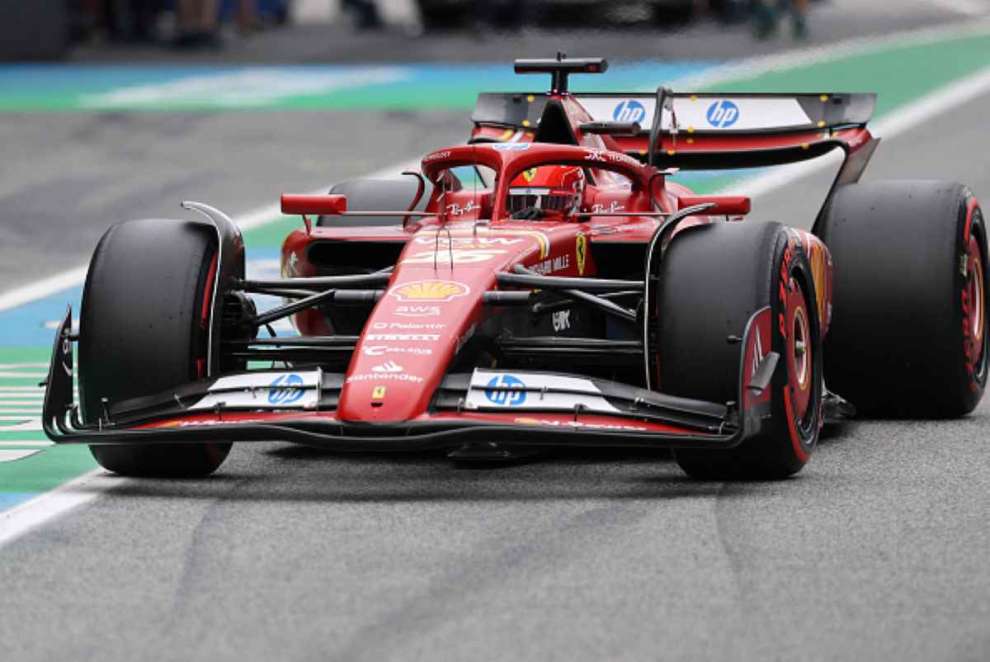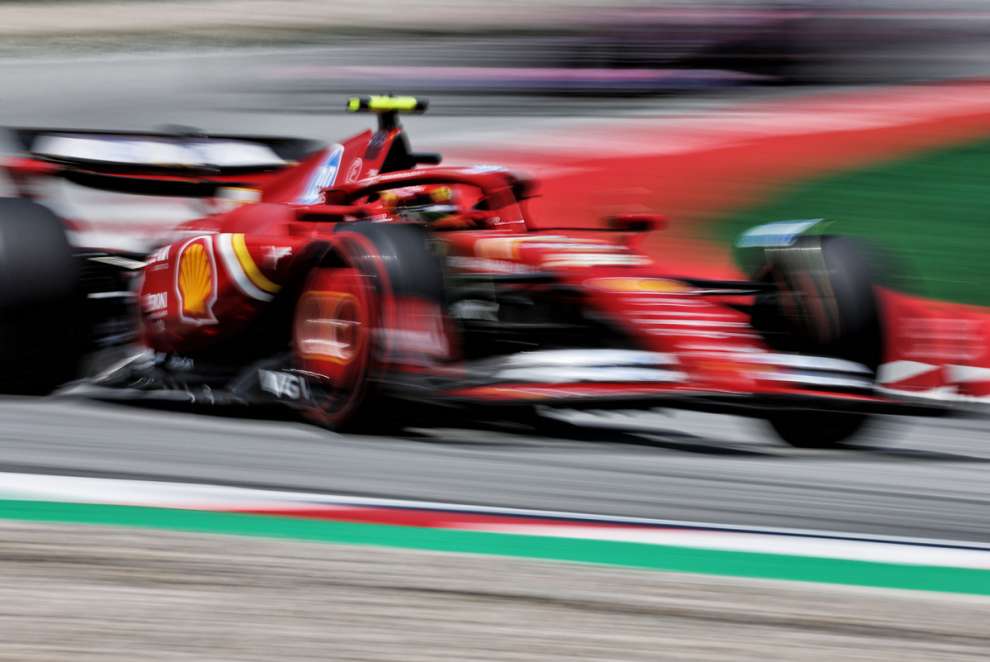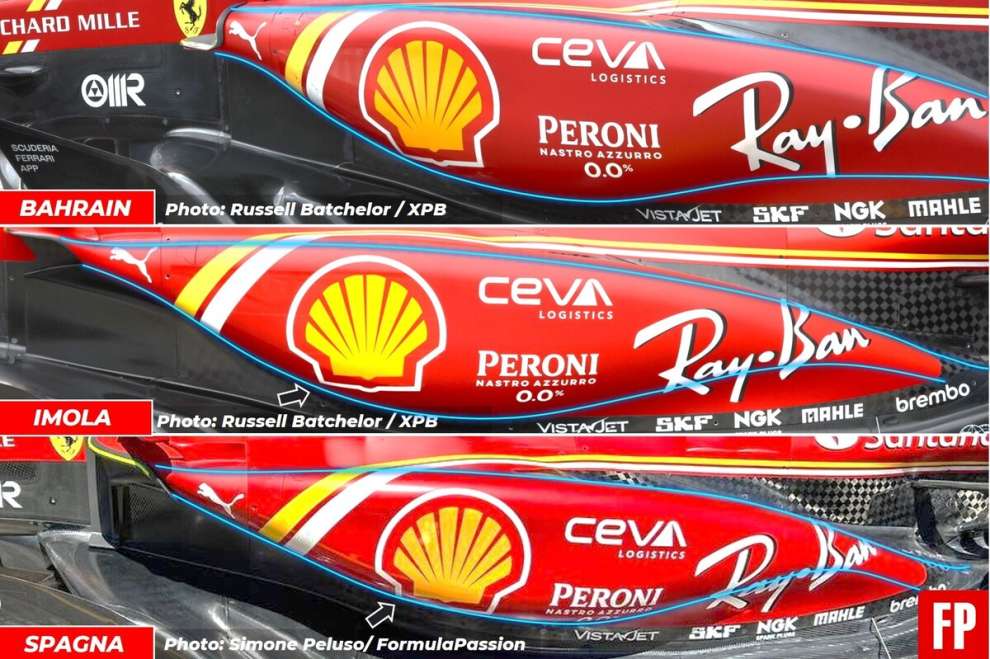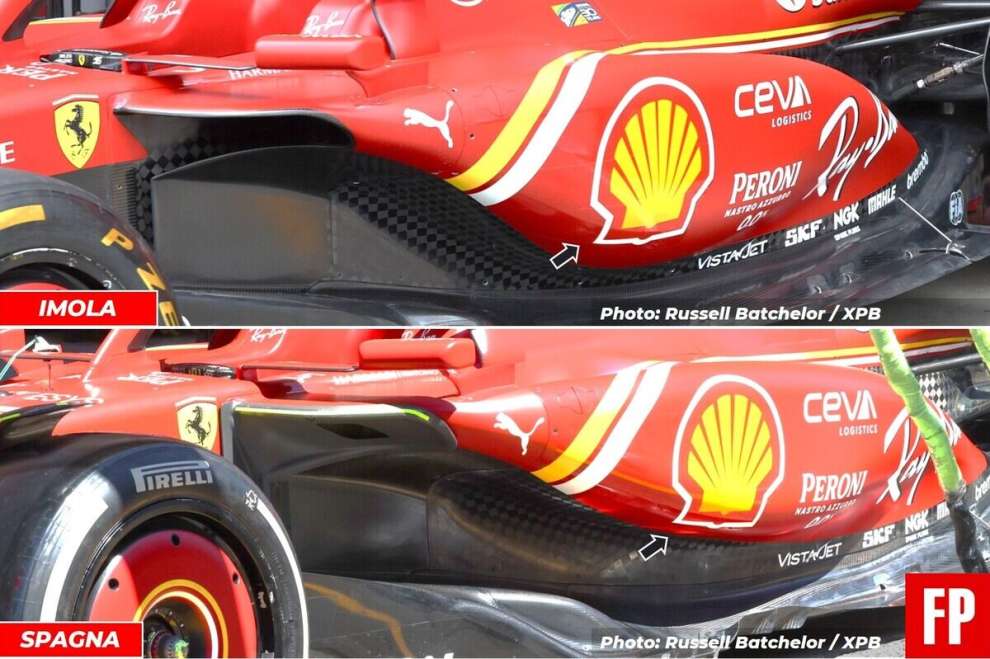By Carlo Platella
The times when the Maranello Reds fought with McLaren and Red Bull in Miami and Imola, then winning the victory in Monte Carlo with Charles Leclerc, seem far away. Albeit for different reasons, the latest rounds in Canada and Spain saw the SF-24s in difficulty and far from the top, also overtaken in the hierarchy by a recovering Mercedes. The Barcelona race in particular has exposed the shortcomings of the current Ferrarisetting the agenda for further developments.
Different scenarios
Ferrari arrives in Austria fresh from two difficult trips to Montreal and Barcelona, although for different reasons. “I don’t think the problems were the same in Canada and Spain, I don’t think there is a trend”explains Leclerc. “In Montreal we understood quite well what hadn’t worked and it was related to the tyres. In Barcelona, however, he depended on the pace and we were simply slower than expected.” In both cases, the subpar performance does not arise from a misstep in the car’s set-up, but rather from recurring gaps in the package.
In Canada, the cold experienced on Saturday complicated the temperature of the tire during the flying lap in qualifying, resulting in the elimination of both cars in Q2. The positions on the starting grid at that point left both drivers facing a race in traffic and uphill, further complicated by the damage to the floor and the technical problems encountered on the two cars. The subdued performance seen in Barcelona is of a completely different naturemainly due to the limitations of the single-seater at this stage of the season.
The big weak point
In Spain Ferrari ran into the same difficulties experienced on other occasions since the start of the championship. “Where we struggled the most is in the long-distance slow corners”says Leclerc. “We are working to have a better car in those corners and I think we have seen some good steps forward in the last few races.” The shortcoming of the SF-24 is not simply its behavior in low-speed corners, also considering how much the Red car was at ease on the narrow streets of Monte Carlo, although well supported by its excellent ability to absorb curbs and bumps. If anything, the problem lies in medium-slow long-distance curves, where the driver spends a lot of time combined with the steering wheel, requiring load and aerodynamic stability.
“I agree with Charles. Our main problem is the medium-slow curves in combination”, confirms Carlos Sainz. A critical issue that emerged for example in the first sector of Shanghai, but also in a couple of points in Barcelona. “The two corners where we lost everything in qualifying were corners 5 and 10,” continues Leclerc. “The latter above all reflects the characteristics I was talking about regarding slow and long-distance curves. These are the ones where we need to improve.”

In the race, however, the Ferraris accumulated a delay in the fastest corners of the Spanish track, which however was due to a different strategy for managing tire degradation which saw the drivers lift their foot in the fastest corners. Adds Leclerc: “In the race it’s difficult to say, because there’s a lot of tire management and we could have managed more in turns 9 and 13 Compared to others. From the outside it might seem like a weak point, but that’s not the case.”
The return of bouncing
The long-distance slow corners weren’t Ferrari’s only weakness in Barcelona, however. Leclerc himself admits that the Red was not perfectly at ease even in other types of corners, while Carlos Sainz explicitly complains about the slight aerodynamic rebound (porpoising) that the Red once again encounters at high speeds: “However, I think that high-speed corners remain a weak point of the car. I don’t like that those little bounces we experience when cornering they could do to the tires.”

“Even if it doesn’t affect us in terms of speed in high-volume corners, where we can still be almost as fast as McLaren and Red Bull, I don’t like what it does to the tyre in the race and in qualifying”, explains the Spaniard. At the moment Ferrari has not yet gone into the specifics of the problem, but one hypothesis is that the small bounces contribute to the overheating of the tires, requiring greater management of degradation in fast corners.
“It’s just a theory, but I’m sure if I went into detail I could come back with data,” comments Sainz, who adds: “I think it’s a smaller weakness than in slow corners combined. However However, it is a weakness that must be addressedalso considering that we are in the third year of these regulations and we are still suffering from bounces.”
Variable updates
Further complicating Ferrari’s life in Barcelona was the debut of the large package of new features on the SF-24, which slightly destabilized the team in finding the right adjustment to the mechanical set-up to extract its potential. Sainz says: “It was a tough start to the weekend, with a major upgrade package in the car and we had to think a little about why it didn’t work from the beginning”. Leclerc echoes him: “Barcelona was the first race [per il nuovo pacchetto] and we still have some work to do to find something and understand a little bit more these new parts that we’re using.”

“The car is the same, we just updated it and added some load. However, our opponents are developing and improving as well.” explains Carlos Sainz. The updates met expectations in terms of improvements in efficiency and downforce, but they have not yet corrected the main defects and the aerodynamic characteristics of the current Ferrari, in particular the deficiencies in longer medium-low speed corners.

“All the data shows that the new package worked”confirms the Spaniard. “This shows that all the innovations we have brought to the car in the last two years and that this year’s car have never been suitable for long-distance slow corners, which I have insisted on several times. Even if the updates work, there are some features that you can’t solve with simple development. We need to work on the package as a whole to become competitive on this type of track.” concludes Sainz.
#Ferrari #rebounds #slow #corners #slow #Ferrari #FormulaPassion.it